Insights from the 2025 Government Enforcement Institute
Uncertainty is a word commonly associated with the Trump administration in the first year of his second term: Recent commentary in the American Bankers Association’s ABA Banking Journal called uncertainty the “most common descriptor of the Trump administration policy impact.” Regarding compliance programs, a Wolters Kluwer expert explained that companies “have to figure out how to do this on [their] own in many cases.” And Bloomberg Law recently reported that former EPA leaders “see chaos” due to changes in environmental regulations.
However, this may not be the case for every industry or area of practice. Discussions at the Government Enforcement Institute (GEI), hosted by the University of Texas School of Law, suggested that, at least for practitioners in white collar crime and government investigation, there might be more clarity than you would expect.
The prevailing theme of the conference was that the government’s lens is shifting to emphasize individual accountability in enforcement actions rather than focusing on corporate entities. While this does represent a change in strategy—and it remains to be seen how this change will play out—attendees and speakers at the event felt that the guidance provided by the administration thus far sketches a clear picture of their intentions. Here are some highlights from the conference that show what that picture looks like.
DOJ Focuses on Individuals Over Corporations
A key theme at GEI was the government’s intention to pursue individuals who commit fraud, rather than the corporations they work for. In May, Matthew Galeotti, head of the criminal division at the U.S. Department of Justice, issued a memo that said as much.
The memo stated that “overbroad and unchecked corporate and white-collar enforcement burdens U.S. businesses and harms U.S. interests,” and instructed prosecutors to “avoid overreach that punishes risk-taking and hinders innovation.” It also explained that eliminating cartels and transnational criminal organizations (TCOs) is a top priority. Beyond the government’s stated goal of unburdening business, there was some agreement among attendees at GEI that large punitive actions against corporations didn’t deter individual bad actors, and that could be another factor influencing this change in strategy.
Ten areas of prioritization were specifically called out in the Galeotti memo. These included many areas the DOJ has traditionally enforced, with a focus on actions that have a “high impact” on the goals stated above. The list consists of a wide range of priorities, from threats to the U.S. financial system by gatekeepers to tariff evasion to crimes involving digital assets.
From the perspective of many attendees at GEI, the most significant impact this memo will have is on compliance policy. Although the government won’t abandon other types of enforcement, it clearly outlined the actions it plans to take in the coming years, and the message is that companies should ramp up their compliance strategies accordingly. This may involve scrutinizing financial institutions more closely or creating and enacting clear policies regarding imports to avoid anything that could even appear to be trade or customs fraud.
FinCEN Targets Global Money Laundering
One clear example of how the priorities outlined in this memo will be carried out occurred earlier this year, when the Financial Crimes Enforcement Network (FinCEN), a bureau of the U.S. Department of the Treasury, issued orders labeling three Mexico-based financial institutions as primary money laundering concerns. This order bars U.S.-based financial institutions from engaging in any transmittals (the sending of money back and forth) with these three institutions.
Of course, for any U.S. entities connected to these banks, this order creates a huge compliance undertaking. And for currently uninvolved entities, it requires vigilant compliance to avoid any future issues. Because of this, there is a grace period for compliance, and the same treatment is likely to be applied to any similar orders in the future.
Additionally, Deputy Secretary of the Treasury Michael Faulkender provided remarks at an event just a week before this order discussing modernization of the Bank Secrecy Act (BSA) and outlining guiding principles for financial institutions to follow. Although not mentioned explicitly, attendees at GEI explained that this guidance followed the concept of “KYC” or “Know Your Customer.” This means being aware of potential fraudulent actions like structured deposits, money flowing through banks to unemployed people, and other suspicious activities. With the focus on eliminating cartels and TCOs and protecting U.S. business interests, it is especially important for institutions and their corporate clients that are outside of the U.S. to be aware of the implications of this order.
Other Key White Collar Enforcement Priorities
In addition to the focus on financial institutions, other priorities flowing from the Galeotti memo present new challenges for compliance strategies that were discussed at GEI. They included:
Foreign Corrupt Practices Act (FCPA) enforcement: A June memo outlined new priorities for enforcing acts of bribery. It followed the administration’s overall goal of reducing pressure on U.S. companies and safeguarding fair opportunities. The memo also referenced the goal of eliminating cartels and TCOs. The general feeling at GEI was that this enforcement would follow the increased focus on individual actors who engage in criminal conduct, rather than on the companies they represent.
Securities and Exchange Commission (SEC) enforcement: Insider trading and fraud will be key areas of focus for the SEC, with enforcement action priority continuing the theme of individual over corporate liability. Additionally, the Trump administration wants to incentivize cooperation, providing more credit to violators who cooperate than the Biden administration did.
Digital assets enforcement: Signed into law in July, the GENIUS Act is the first cryptocurrency legislation in U.S. history and aims to create a framework for the issuance of stablecoins, or digital currencies meant to maintain a stable value. The act allows for stablecoin issuance by “permitted” institutions and includes several provisions related to reserve requirements and monitoring, transparency obligations, redemption policies, and audit requirements.
In a policy environment defined by unpredictability, the government’s focus on individual accountability stands out against other sectors for its clearer direction. With a shift toward individual over corporate accountability, compliance strategies will need to be updated. However, in-house teams and the outside counsel they work with can use the memos and orders mentioned here to guide their decision-making. While things may change or priorities shift from here, for now, practitioners at the GEI felt more clarity on potential government actions than some of their peers in other sectors.


